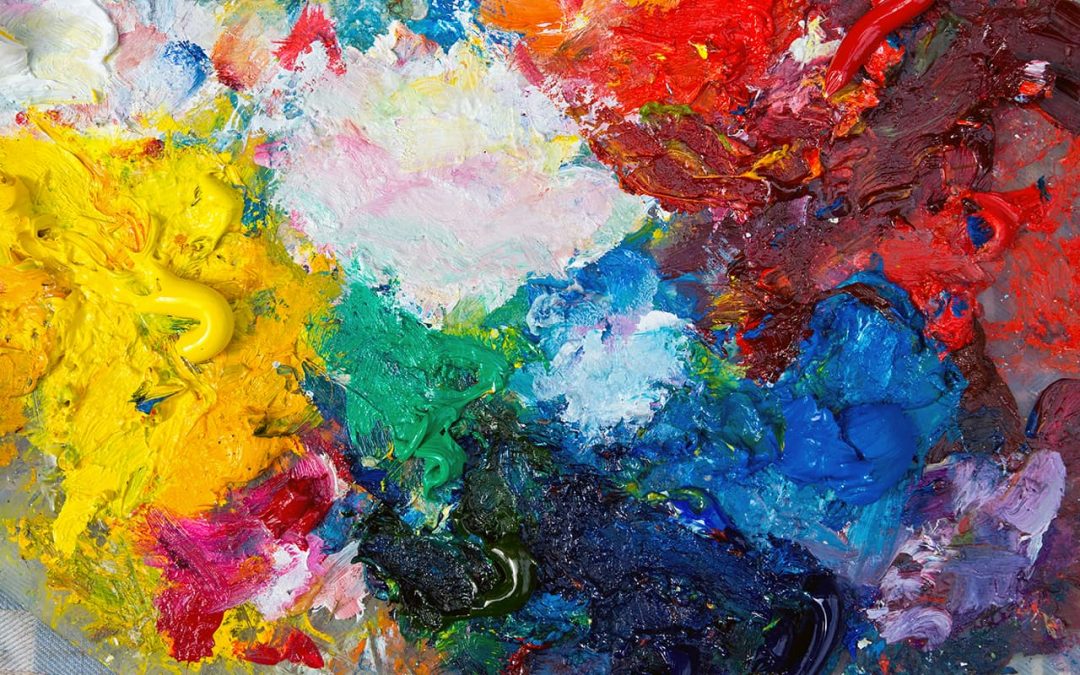When it comes to art studios, a place to call your own should also include an appropriate list of rules for safety. Woodworkers know the dangers of not following safety protocols. Most artists also work with tools or materials that require understanding and safety.
Art isn’t always good for your health. Paint, solvents, and other art production material can give off unhealthy fumes. Do you know how to stay safe in your art studio? Here are some things to keep in mind.
Staying Safe
Working with art supplies in an enclosed space without adequate ventilation can be hazardous to your health, and it can give new meaning to “a breath of fresh air.” Artists who work with oil paint and other materials should be aware of volatile organic compounds (VOC).
Clay, paint, inks, and many adhesives or glues contain VOCs that can cause eye, nose, throat, and even skin irritations. Long-term exposure to VOCS can cause damage to the liver, kidneys, and your central nervous system. You might be thinking of the paint solvents or cleaning brushes, but that’s just the tip of the proverbial artist’s iceberg. And it’s not just breathing in the fumes from these substances that should be a concern. Some materials used by artists contain unhealthy substances that can be absorbed by the skin.
Most materials used by artists are supplied with a Material Safety Data Sheet (MSDS). Take the time to read it and familiarize yourself with the information on how to appropriately handle and store this supply. An oil paint, for example, may be approved to use on a canvas – but is it still safe if you decide to paint on a metal surface?
Many artist’s materials contain labels by the Art and Creative Materials Institute (ACMI). This organization is dedicated to helping artists use materials safely. It offers two main safety labels:
- AP (Approved Product): This identifies materials that are safe and that are certified in a toxicological evaluation by a medical expert to contain no materials in sufficient quantities to be toxic or injurious to humans, including children, or to cause acute or chronic health problems.
- CL (Cautionary Labeling): This identifies materials that are certified to be properly labeled in a program of toxicological evaluation by a medical expert for any known health risks and with information on the safe and proper use of these materials.
Miracle Truss® DIY pre-engineered buildings are designed with safety in mind. When you use this form to contact us for free information, we’ll ask you about your intended usage. Let us know that you’re planning to use the building as an art studio. We can provide you with information on how put a building that works for both your art, and your safety.



